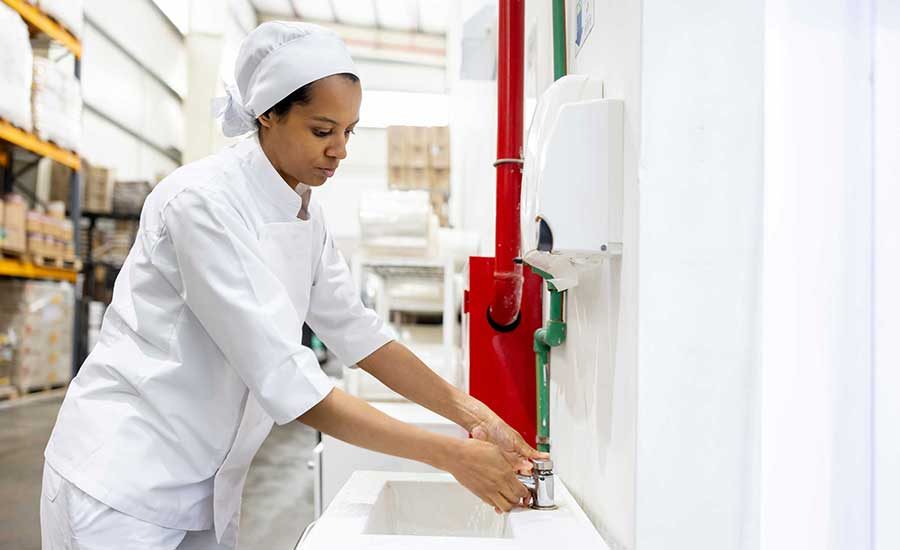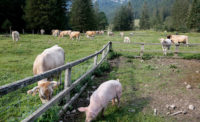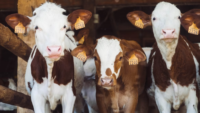New Toolbox From FAO: Conducting Risk Assessments for Veterinary Drug Residues in Food

Image credit: Pixabay via Pexels
The use of veterinary drugs in food-producing animals can leave residues that may pose a risk to consumers. To help address and mitigate these risks while facilitating international trade of animal-derived food products, the Food and Agriculture Organization of the United Nations (FAO) has launched a toolbox to guide risk assessments for veterinary drug residues in food.
In six sections, the toolbox describes the risk assessment process used by the Joint FAO/World Health Organization (WHO) Expert Committee on Food Additives (JECFA) regarding veterinary drug residues in animal-derived food products consumed by humans.
The JECFA Toolbox for Veterinary Drug Residues Risk Assessment is designed to:
- Introduce users to relevant concepts and issues that arise during a veterinary drug residue risk assessment
- Present the veterinary drug risk assessment process as specifically used by JECFA
- Provide examples of the individual steps in the risk assessment process
- Identify additional sources of guidance for users requiring more detailed information about specific steps in the risk assessment process
- Highlight the repercussions of data quality challenges and the subsequent impact on JECFA’s risk assessment process.
The JECFA Toolbox for Veterinary Drug Residues Risk Assessment is tailored for potential JECFA experts to broaden the pool of experts available for JECFA. It can also be used by national or regional regulatory agencies responsible for veterinary drug approval or food quality standards, the pharmaceutical industry, producers in animal agriculture, or veterinary associations.
Additionally, on February 27, 2025 at 3:00–4:00 P.M. CET (9:00–10:00 A.M. EST), FAO will host a virtual launch event for the new toolbox, during which FAO will explain the background behind the development of the toolbox, do a live demonstration of the toolbox, and answer questions. Register through Zoom here.
Looking for a reprint of this article?
From high-res PDFs to custom plaques, order your copy today!






